Before the walk into Kalemegdan, we had explored parts of the City Centre/ Republic Square or Trg Republik and Knez Mihailova street.
Trg Republike: We had headed to the The Republic Square or Trg, as the locals call it, as soon as we had settled in our Apart Hotel. It was a weekend and it was a great vibe as we observed people dancing to music at an outdoor restaurant, having a meal or just walking around the central square. Clearly this was the city’s main focal point. It was here that Serbia celebrated the liberation of Belgrade in October 1944, and the first post war government was formed in March 1945. The central attraction is the equestrian statue of Prince Mihailo Obrenović, Prince of Serbia. It portrays the prince pointing towards the Serb lands towards the south that were yet to liberated from the Turks. In 1868 just before his death, the Prince gave permission for the National Theatre (Narodno Pozoriste) to be built facing the square. Mihailo Obrenović was the ruling Prince of Serbia from 1839-1842 and then again from 1860 to 1868. His first reign ended when he was deposed in 1842, and his second ended when he was mysteriously assassinated in 1868. An interesting fact is that he was the first person to be vaccinated against smallpox – a disease that claimed the lives of three of his siblings.

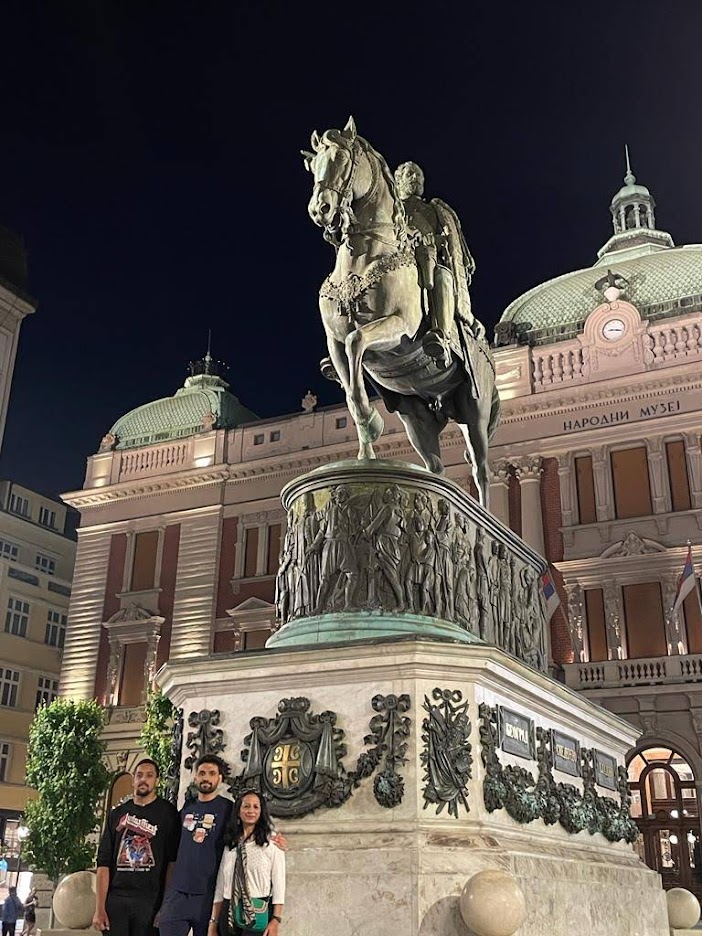
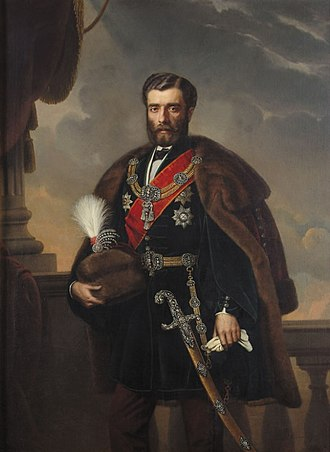


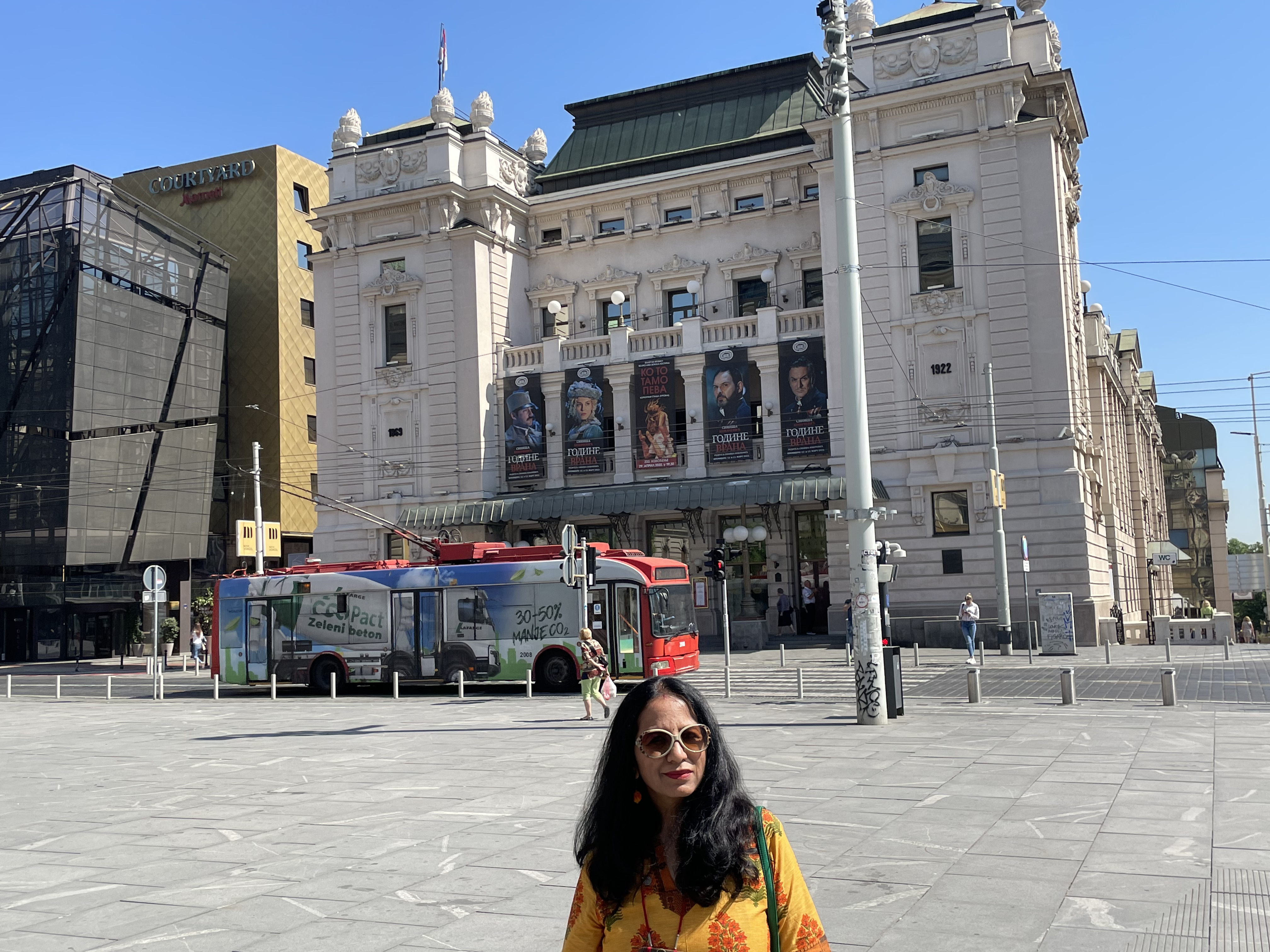
National Theatre (Narodno Pozoriste)
Behind the statue of Prince Mihailo Obrenović is the National Museum of Serbia. Though the museum was established inn1844, it moved into the present building in 1950. I found the museum very interesting, with its ancient artefacts from the neolithic ages to present times. It is certainly worth a visit. I may do a photo-essay for you at a later date.



Knez Mihailova Street: This is the main pedestrian and shopping area of Belgrade and is dotted with malls and shops of popular hi-street brands. It is named after Prince Mihailo Obrenevic and is protected by law as one of the oldest and most valuable landmarks of the city. In 1979 it was elevated to the Spatial Cultural-Historical Units of Great Importance. In the late 20th century, from mostly shopping area it evolved into the cultural center of the city. In 1987 there was a major reconstruction of Knez Mihailova and its transformation into the pedestrian zone. It was paved with the black granite slabs from Jablanica (Bosnia and Herzegovina), while a drinking fountain, made of white marble from Venčac mountains of Serbia. We came across the Serbian Academy of Sciences and Arts, as we walked down the street. The building houses the Academy’s library, one of the richest in Belgrade, as well as the Academy’s archives containing numerous materials about the Serbian history.


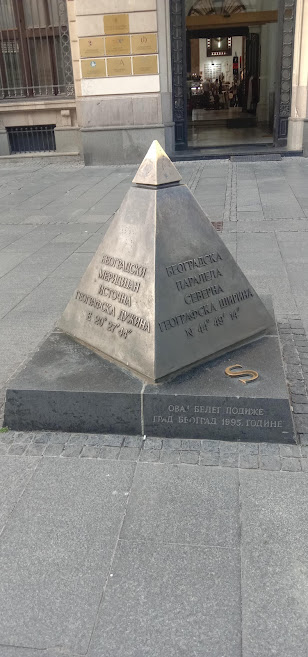
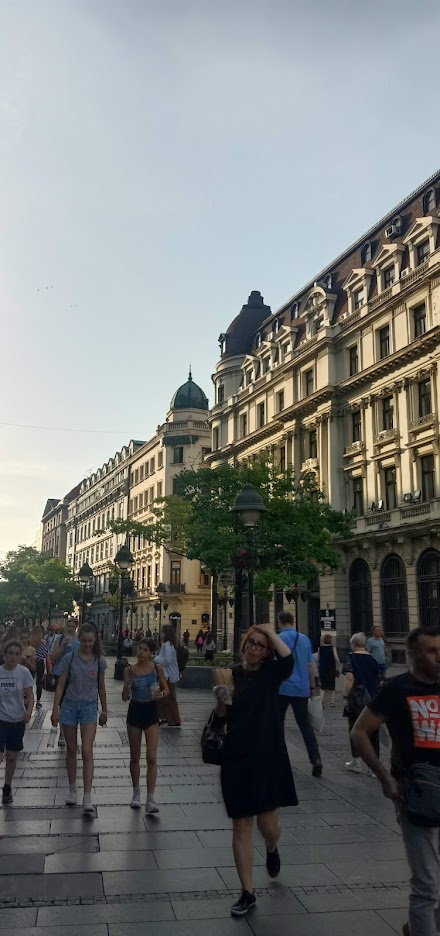


It was after exploring the Tr Republike and Knez Mihailova Stree that we visited Kalemegdan Fortress.
Skadarlija: After visiting Kalmegedan and other parts of Stari Grad, it was time for a lunch break and we drove to Skadarlija for a lunch break. It is a vintage street, an urban neighborhood and is considered as the bohemian quarter of Belgrade.
Lunch at Tri Sesira, Skadarlija: Tri Sesira means ‘Three Hats’ and was opened in 1864 in a building where a craft workshop which had three pleated hats as a logo was previously located. While it is a wee bit ‘snooty’ place, with very senior waiters who could do with a smile, we decided to enjoy ourselves to a Serbian meal and a nice dessert.


Skadarlija is a no-traffic zone and has a promenade with cobbled stones. It is lined with restaurants and souvenir shops. While the afternoon was quiet around the place with seating place at the restaurants, the evening transformed into a lively party at every corner. We actually had to come back to Feel Belgrade and order in food after enjoying the ambience! So make sure you have reservations before you head out in the evening.
It is said that the history of Skadarlija began in 1830, when gypsies started settling here in empty trenches in front of ramparts. The Serbs and the Turks began settling in 1835, building the first proper houses with gardens, so the street stretched between two gates of Belgrade Fortress, the Stambol Gate and Vidin Gate.
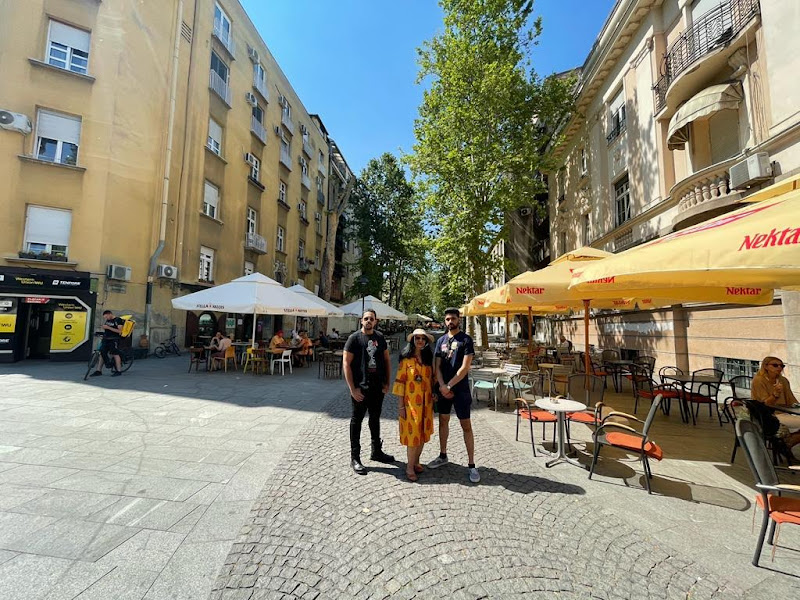
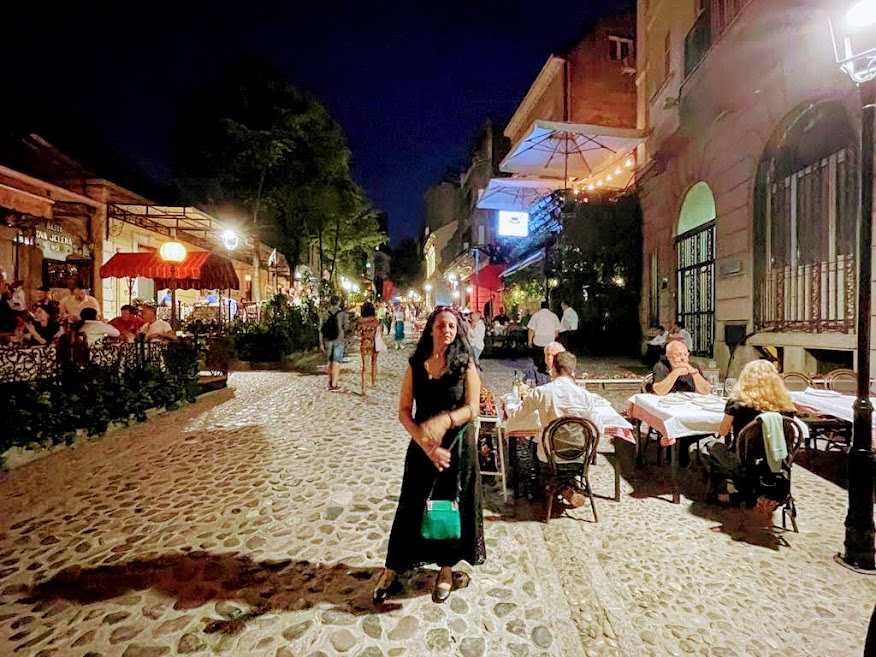

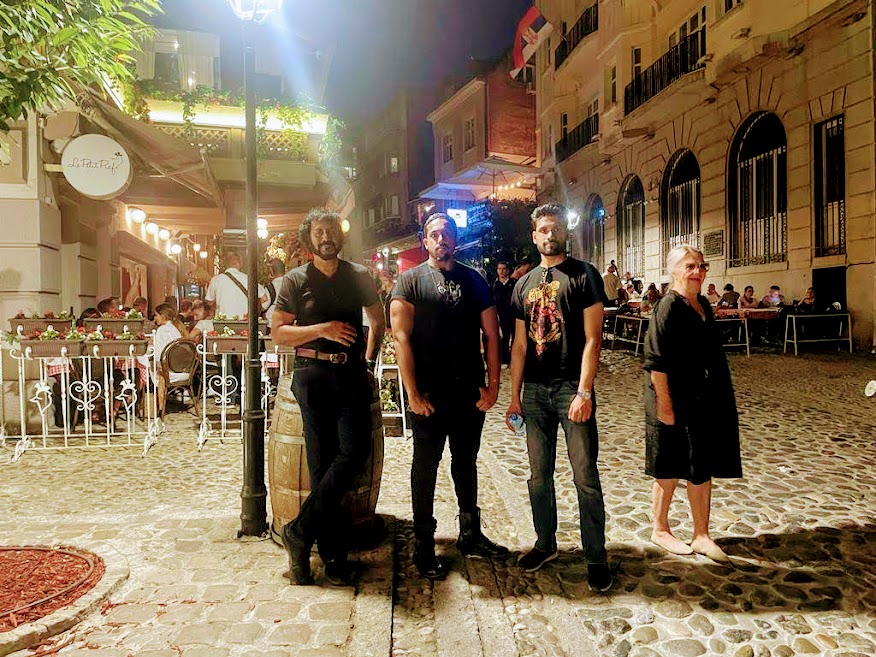

The promenade has a statue of the Serbian poet, painter, writer, dramatist and artist, Djura Jaksic. This is placed in front of his house at 34 Skadarska St and was made by the famous sculptor Jovan Soldatović from Novi Sad. He took active part in the 1848 Revolution and was wounded while fighting in Srobobran, a town in Serbia.
I will be doing a photo-essay of the Belgrade Museum. I do look forward to your feedback, likes and comments on this series.
Pingback: Belgrade: A Serbian Sojourn: Part 2 – Kalmegadan & StariGrad ©Sangeeta Venkatesh | sojourn-with-san
Pingback: Belgrade- A Serbian Sojourn: Part 5- Church of St. Sava ©Sangeeta Venkatesh | sojourn-with-san